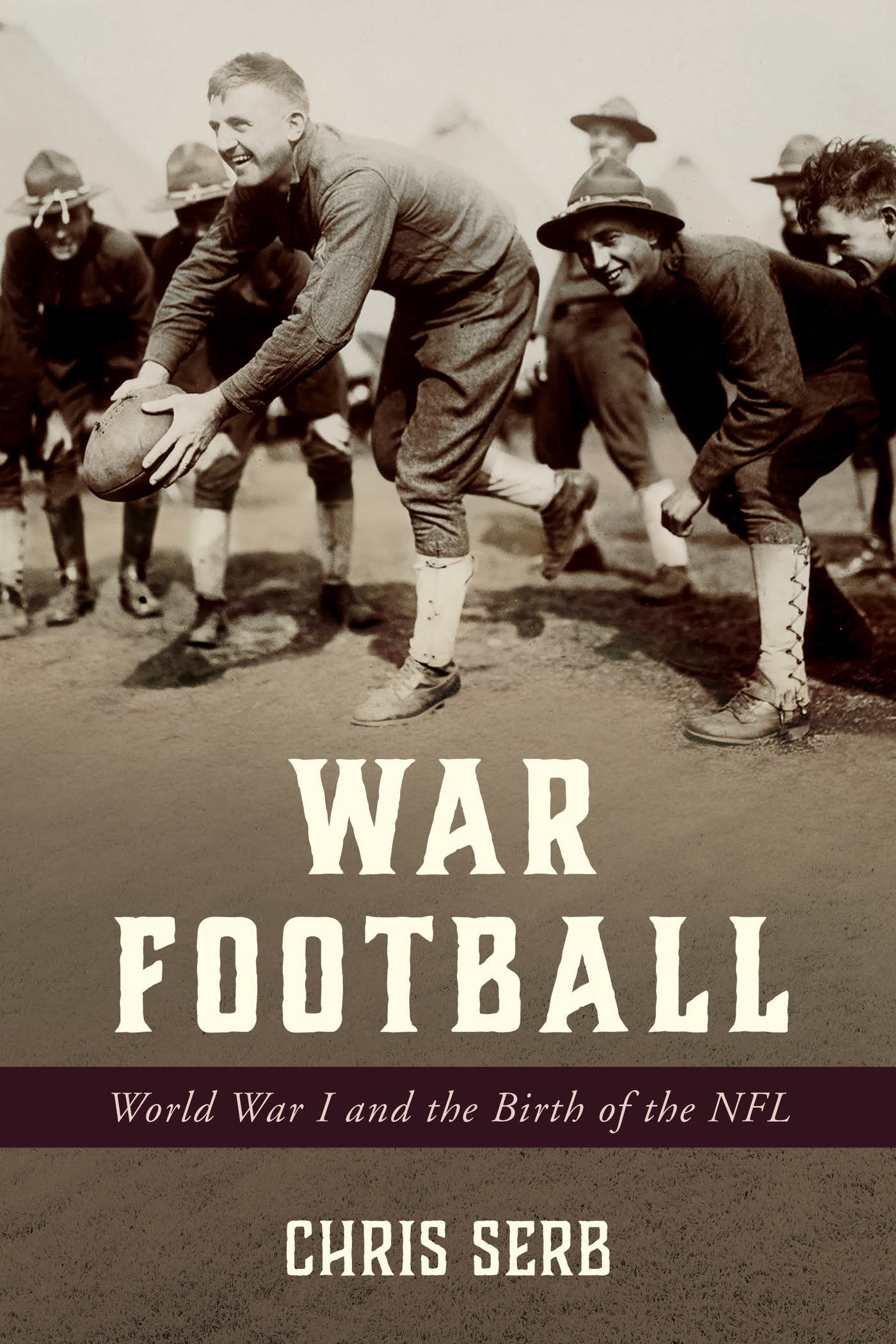War Football
War Football
World War I and the Birth of the NFL
Chris Serb
ROWMAN & LITTLEFIELD
Lanham Boulder New York London
Published by Rowman & Littlefield
An imprint of The Rowman & Littlefield Publishing Group, Inc.
4501 Forbes Boulevard, Suite 200, Lanham, Maryland 20706
www.rowman.com
6 Tinworth Street, London SE11 5AL
Copyright 2019 by The Rowman & Littlefield Publishing Group, Inc.
All rights reserved. No part of this book may be reproduced in any form or by any electronic or mechanical means, including information storage and retrieval systems, without written permission from the publisher, except by a reviewer who may quote passages in a review.
British Library Cataloguing in Publication Information Available
Library of Congress Cataloging-in-Publication Data
Name: Serb, Chris, 1970, author.
Title: World War I and the birth of the NFL / Chris Serb.
Description: Lanham, Maryland : Rowman & Littlefield, 2019. | Includes bibliographical references and index.
Identifiers: LCCN 2018050796 (print) | LCCN 2019007538 (ebook) | ISBN 9781538124857 (electronic) | ISBN 9781538124840 (cloth : alk. paper)
Subjects: LCSH: FootballUnited StatesHistory20th century. | National Football LeagueHistory20th century. | World War, 19141918Social aspectsUnited States. | Football and warUnited States.
Classification: LCC GV950 (ebook) | LCC GV950 .S47 2019 (print) | DDC 796.332/64dc23
LC record available at https://lccn.loc.gov/2018050796
 TM The paper used in this publication meets the minimum requirements of American National Standard for Information Sciences Permanence of Paper for Printed Library Materials, ANSI/NISO Z39.48-1992.
TM The paper used in this publication meets the minimum requirements of American National Standard for Information Sciences Permanence of Paper for Printed Library Materials, ANSI/NISO Z39.48-1992.
Printed in the United States of America
For Emily, Helen, and Maggie
Acknowledgments
I discovered war football by accident. Years ago, while reading Patrick Chellands One for the Gipper, I noticed a brief account of Notre Dames 7-7 tie game against a splendid service team, Great Lakes, in 1918. Chelland didnt mention George Halas, but he did mention Halass fellow Hall-of-Famer Paddy Driscoll, along with the three former Notre Dame players who started for Great Lakes. I headed to the library; discovered the connection to Halas along with a third Hall-of-Famer, Jimmy Conzelman; and pitched a story to the Chicago Tribune, which published my article on January 1, 2004the eighty-fifth anniversary of Great Lakes 1919 Rose Bowl win.
As I researched that story, I noticed familiar names on military teams I had never heard of: George Trafton of Camp Grant in Rockford, Illinois; Dutch Sternaman of Camp Funston in Fort Riley, Kansas; Pete Stinchcomb of the Cleveland Naval Reserves. This story was bigger than one player, one team, one region. As I broadened my reading, I realized how expansive war footballs reach was and how many early NFL players had played for army, navy, and marine teams during World War I. War football, it became clear, led directly to the birth of the NFL. And nobody had told this story before.
This required thorough, national research. Fortunately, many libraries and museums had wonderful archives to assist me: Chicago Public Librarys Harold Washington Library; Northwestern University Library; University Library of the University of Illinois at Urbana-Champaign; the Ohio State University Library; the Nimitz Library at the United States Naval Academy; the Library of Congress; the Chicago History Museum; the Pasadena Museum of History; and the San Diego History Center. George Rugg of the Joyce Research Center at the University of Notre Dames Hesburgh Libraries and Therese Gonzalez of the Great Lakes Naval Museum (now part of the National Museum of the American Sailor) were especially helpful, sharing valuable archival material.
Beyond these institutions, many friends and colleagues helped me along the way: Mike Martinez, Julie Justison, Erin Higgins, Matt Drew, Sean Story, Frank Scatoni, Kate Dooley, Ann Ouimet, Duncan Murrell, Aimee Crawford, Mike Spofford, Julie Newhall, Liam Ford, Christine Brennan, Tom Benjey, Joe Ziemba, and two dear departed friends, Fr. Tony Kuzniewski, SJ, and Kevin Foley.
My mom, Ann Toland Serb, who wrote dozens of newspaper columns and a couple of books back in the 1970s, was the first to teach me how to write. Several great teachers followed: Rich Westley from St. Ignatius College Prep; Bill Morse, Helen Whall, and Fr. Philip Rule, S.J., from the College of the Holy Cross; and Pat Clinton, Abe Peck, and George Harmon from the Medill School of Journalism.
Perhaps unusually for an alumnus of a small college, I have a very successful literary circle of classmates and friends: best-selling sportswriter Bill Simmons, professor and award-winning poet Philip Metres, teen lit sensation Karen M. McManus, MTV personality and comedian Dave Holmes, and novelists Rob Poulin, Thomas Humman, and Mark and Sheri Dursin. After Holy Cross, I added my neighbor, Chicago-police-officer-turned-author, Marty Preib, to my literary circle. Over the years, Ive traded many thoughts on writing (and, in Simmonss case, sports) with these gifted writers, whose insights further improved my own writing.
Im extremely thankful to my agent, Rita Rosenkranz, who took on this project after many others had said no thanks. After a cold call from me, Rita saw something interesting here and agreed to take me on. Additionally, Id like to thank my editors at Rowman & Littlefield, especially Christen Karniski.
Over the last fifteen years, three people were extremely helpful in shaping War Football. My dad, Tom Serb, painstakingly read every word of one of my early drafts and gave me copious, detailed notes. My Medill classmate and two-time roommate, Rob Peterson, read multiple drafts and helped me draw out what was most important and most interesting. And my wife, Emily Cosgrove Serb, put her English teacher skills to work by helping me reframe the book, less as a detailed (but not entirely readable) collection of facts and into a more narrative format. Im eternally grateful to Dad, Rob, and Emily for helping turn this into a coherent, compelling, living story.
A Note on Names and Nicknames
In historical works such as this, authors often identify principal subjects by their full legal names, with widely known nicknames in quotation marks. So the coach of Camp Sherman is Nelson Strobridge Bud Talbott, the player-coach of Camp Greenleaf is John Bain Jock Sutherland, and the quarterback of the Great Lakes Naval Training Station team is John Leo Paddy Driscoll.
This thoroughness can slow down a story, however, so I took a simpler approach by asking, How were these players and coaches best known to newspaper readers of the day? Bud Talbott, Jock Sutherland, and Paddy Driscoll were mainly known by their nicknames. Others were better known to the public by their given names. So the star tackle of the Mare Island Marines, better known to friends (and, later in life, to the public) as Jack Beckett, remains John Beckett in this narrative, because thats how newspaper readers knew him in 1917.
Similarly, for training camps, I used the names common during World War I, such as Great Lakes Naval Training Station rather than todays Naval Station Great Lakes and Camp Custer instead of Fort Custer Training Center. For schools, I took a slightly different approach. In 1955, for example, Michigan Agricultural College was renamed Michigan State, which is more accessible to todays readers. So Camp Custers Jerry DaPrato and Blake Miller and Great Lakes Naval Training Stations Hugh Blacklock are all referred to as alumni of Michigan State, even though the three of them never would have used that name.
Next page
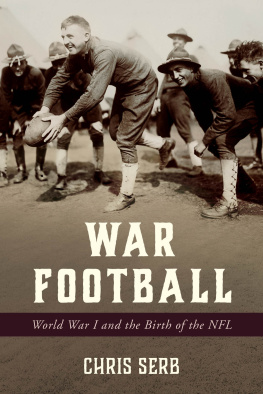
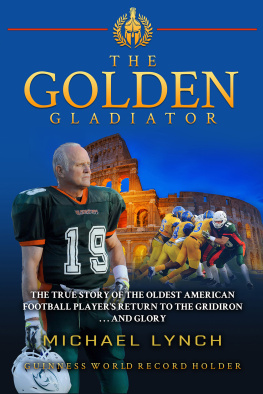

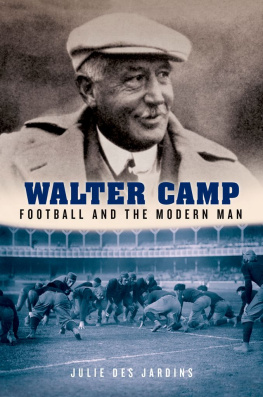
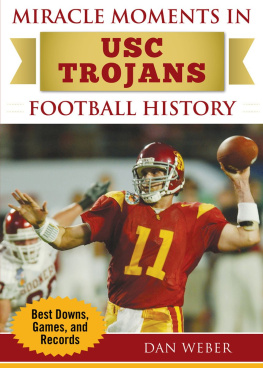
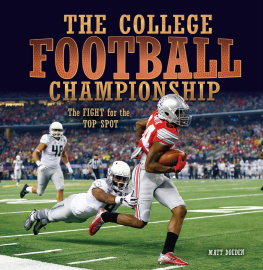
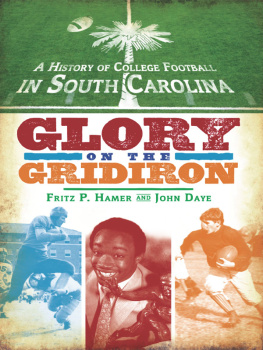

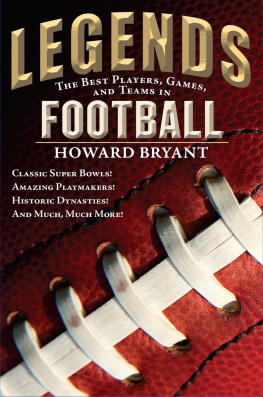
 TM The paper used in this publication meets the minimum requirements of American National Standard for Information Sciences Permanence of Paper for Printed Library Materials, ANSI/NISO Z39.48-1992.
TM The paper used in this publication meets the minimum requirements of American National Standard for Information Sciences Permanence of Paper for Printed Library Materials, ANSI/NISO Z39.48-1992.